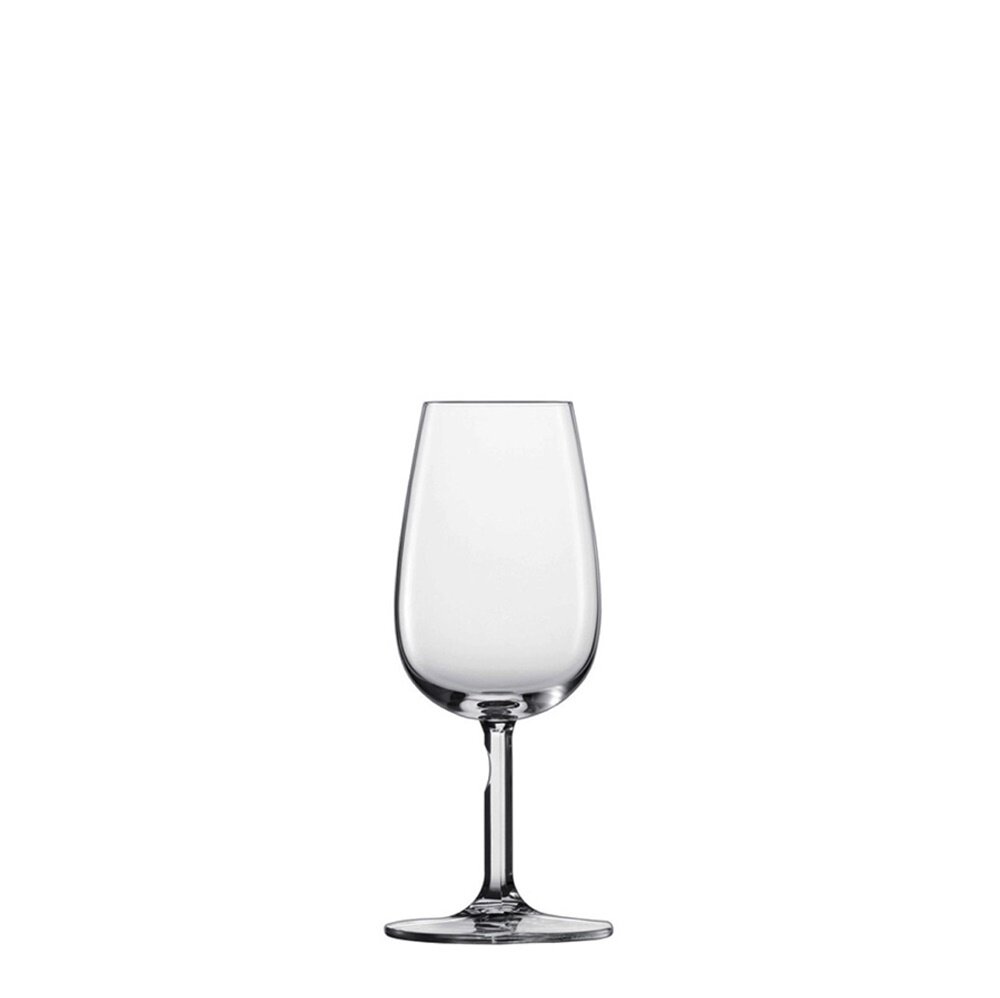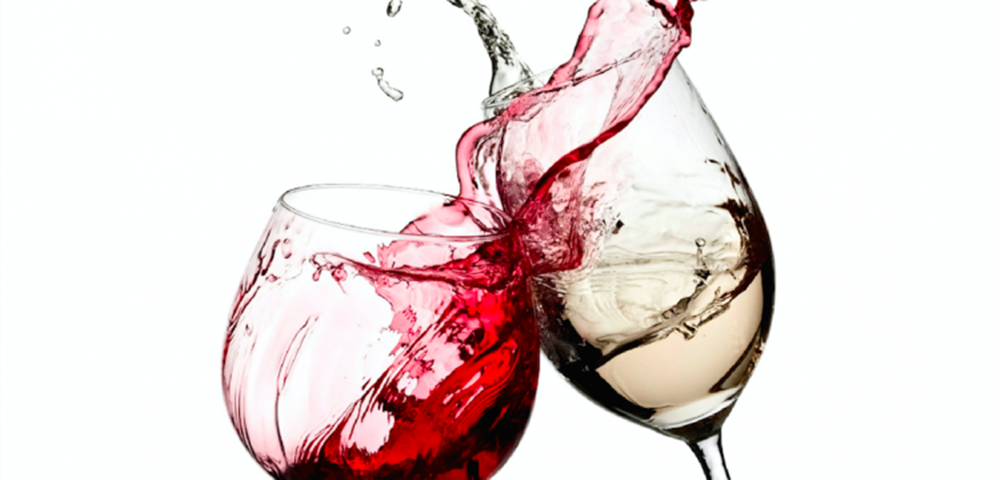Whether sweet or dry, white or red, robust or light, wine requires very specific serving procedures in order to reach its full flavour potential. In addition to proper serving temperatures, each type of wine requires a specific style of glass for service. Understanding the different types of wine glasses and what makes them ideal for one type of wine over another is essential to getting the most out of your wine collection.
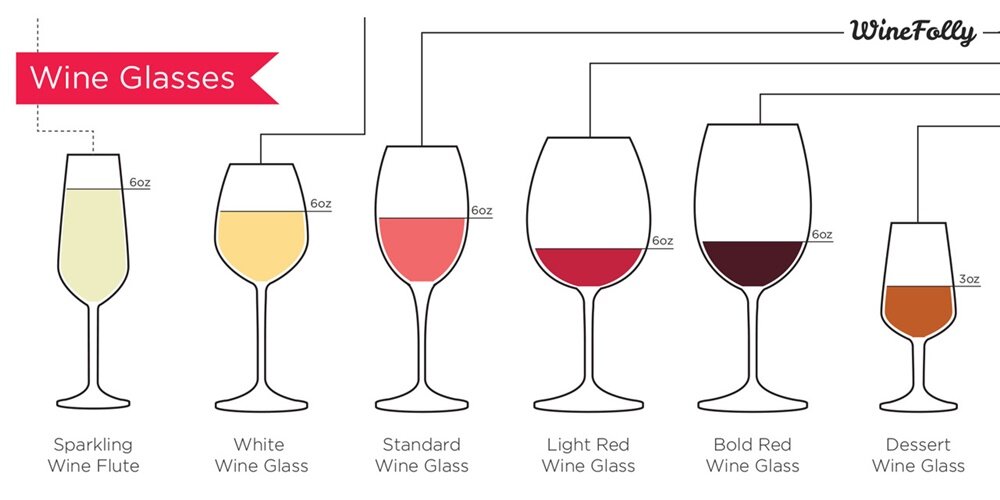
Red Wine
Red wines are made from “black” (red-colored) grapes fermented with the skin included. The skin is what imparts the red colour to the wine.
Red wines typically have a more robust flavour, and pair well with food that is similarly robust, such as red meats (beef, lamb), hearty pasta dishes, etc. They are usually served at or just below room temperature.
Red wines are best served in large wine glasses, like these red wine glasses. The bowls of these glasses will be fuller and rounder with a larger opening than other wine glasses of similar capacities in order to allow you to dip your nose into the glass to detect the aroma. This bowl style is also imperative because the complex aromas and flavours of red wine demand a glass with a larger surface area to ensure that the wine comes in contact with more air.
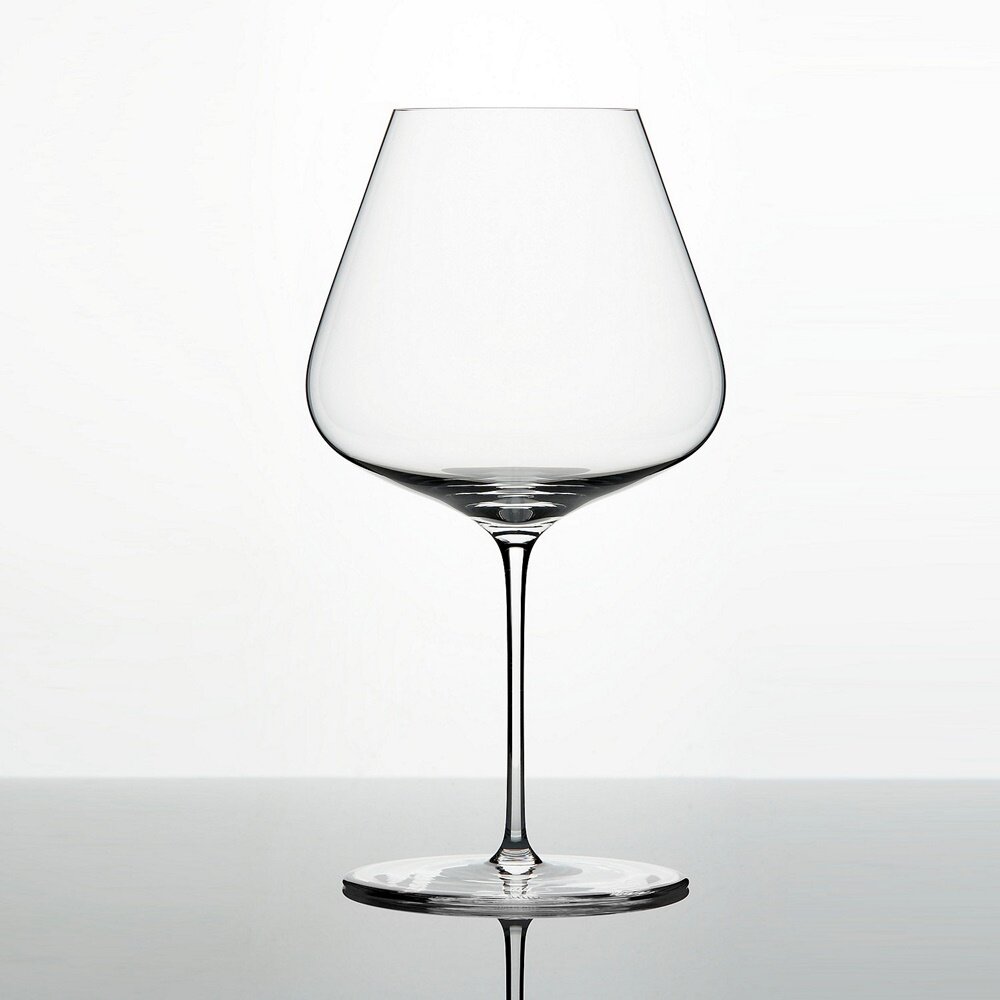
White Wine
White wines are from either “black” (red-colored) or “white” (green-colored) grapes, fermented without the skin, and are often combined with citrus and spicy flavours. Usually served cold, with lighter foods such as poultry and fish.
A White Wine bowl will be more U-shaped and upright than that of a red wine glass, allowing the aromas to be released while also maintaining a cooler temperature.
The white wine glass style that’s best for younger whites has a slightly larger opening directing the wine to the tip and sides of the tongue to taste its sweetness.
The glass for more mature white wines will be straighter and taller to dispense the wine to the back and sides of the tongue to taste its bolder flavours.
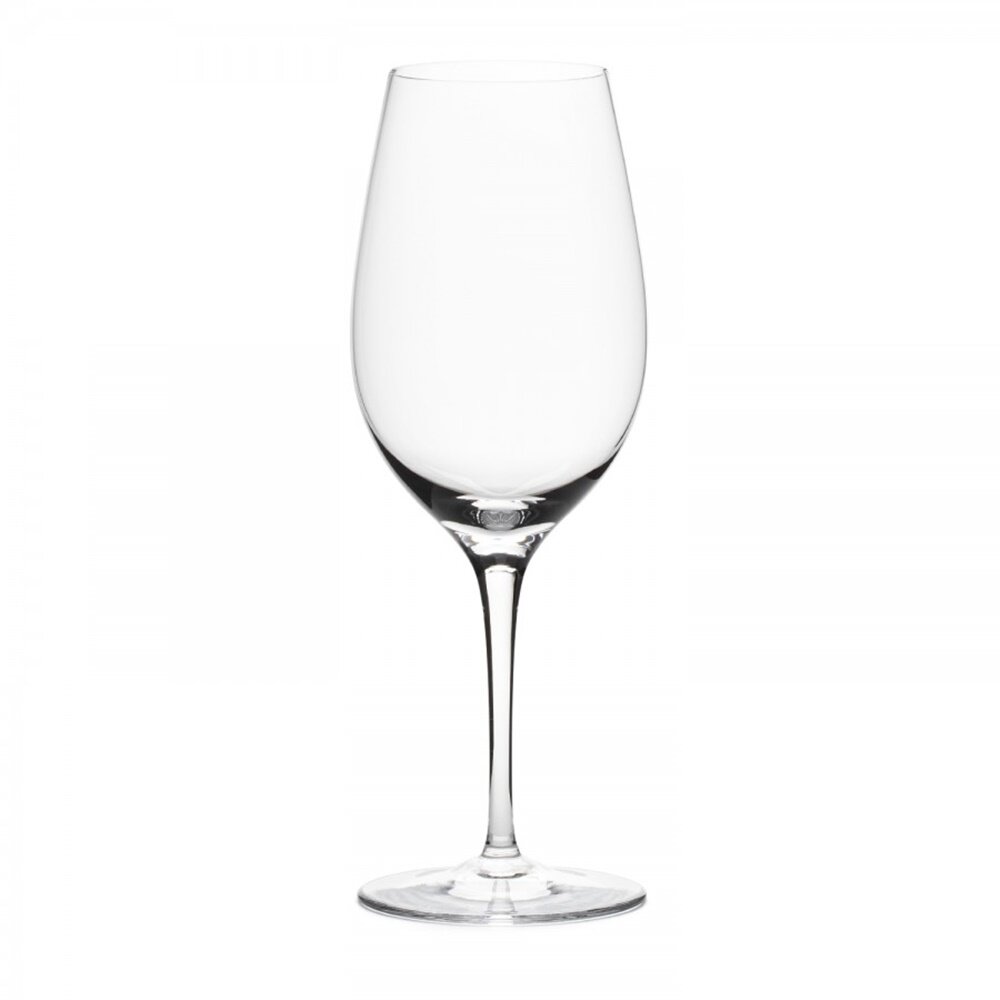
Sparkling Wine
Sparkling wine, or champagne, adds a hint of luxury, through a fizzy/bubbly texture. The “sparkles” in sparkling wine are bubbles of carbon dioxide, which is a natural byproduct of the fermentation process.
A sparkling wine glass (or champagne flute) will be upright and narrower than most wine glasses to retain the carbonation and capture the flavour in the beverage.
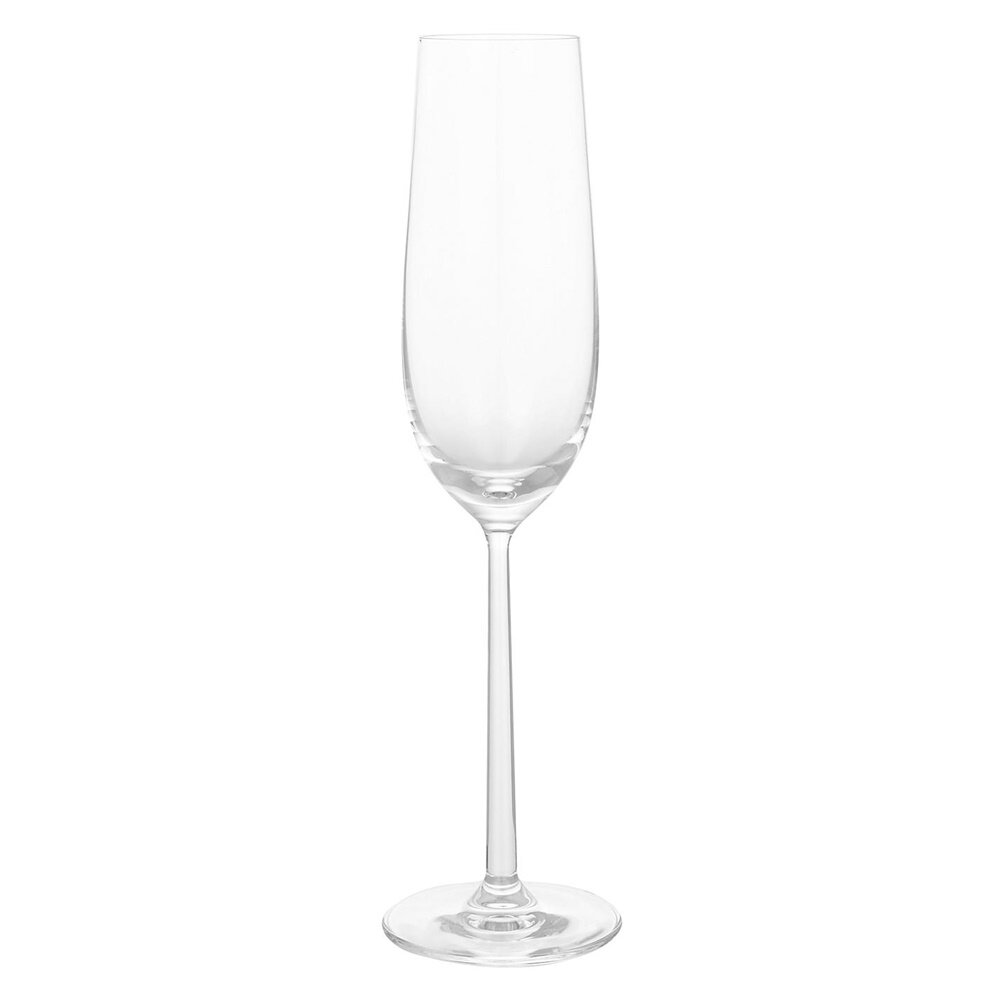
Rose Wine
Rose wines are pink or blush-colored. The pink colour comes from the fact that the grape skin is included for just the first few hours of the fermentation process, or sometimes due to the wine being a mixture of red and white wines. Most rose wines are medium-sweet, especially in the US, but some of the best European roses can be very dry.
Two types of wine glasses are widely accepted for use with rose wines – stemmed glasses with a short bowl and a slight taper, and those with a short bowl and a slightly flared lip. Since these wines are fairly similar in fermentation process as white wines, the use of a white wine glass is also considered acceptable for these types of wine if a rose wine glass is not available.
When selecting a rose wine glass, those with a slightly flared lip are usually preferred for wines that are younger, crisper, and less sweet than the more mature varieties. The flared lip design lets the wine run out of the bowl and right onto the tip of the tongue where the taste buds are most sensitive to sweetness. This allows whatever sweetness is in the wine to be enhanced, giving crisp wines a more balanced flavour and minimising any bite.
For Rose wine that is mature and has a more full-bodied flavour, wine glasses that feature a slight taper are oft preferred. The bowl for mature rose wines is still short and rounded at the bottom, but shaped almost like a shortened red wine glass with a very slight taper.
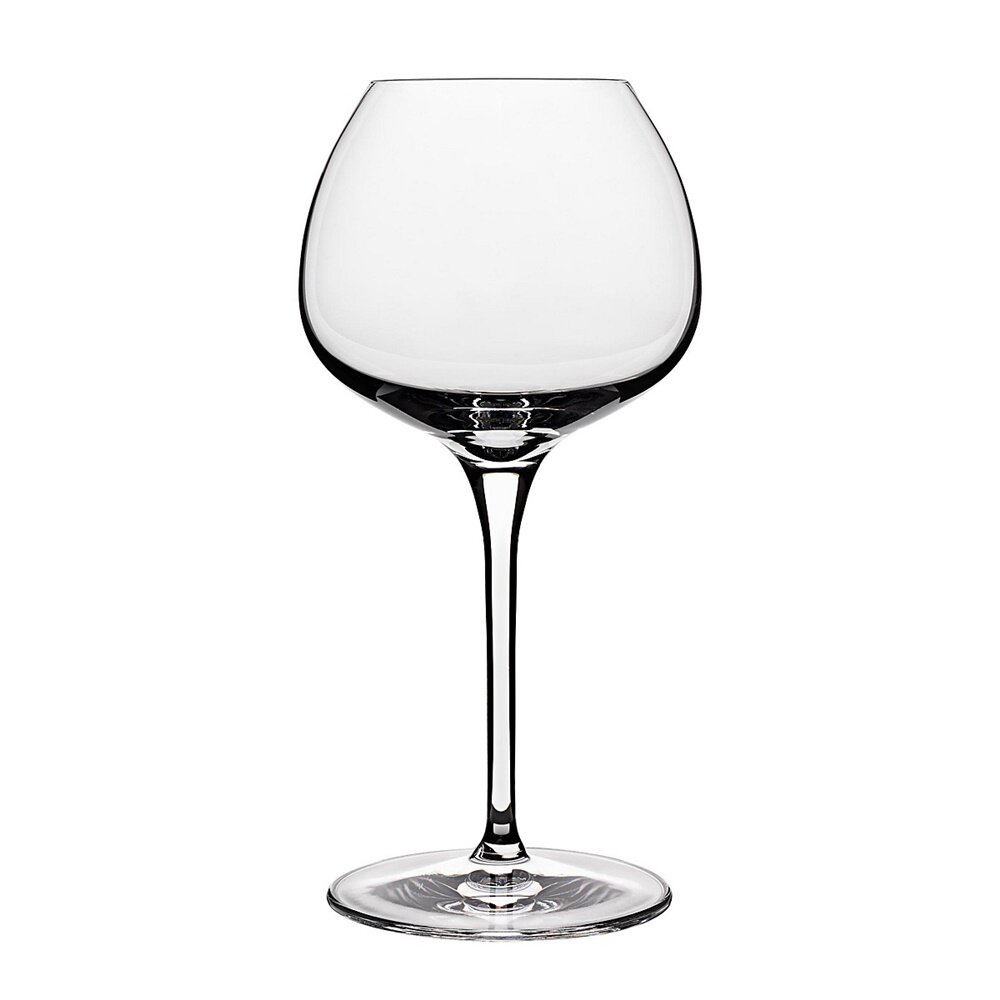
Dessert Wine and Fortified Wines
Dessert wines are sweet wines and as the name suggests, they are generally served with dessert. Since there are many dessert wine types, a rule of thumb for choosing a wine is that it must be sweeter than the dessert being eaten.
Fortified wine is a wine that has been blended with a liquor. The liquor most often used for this is Brandy which is essentially just distilled wine. This gives fortified wines a distinct flavour and a higher alcohol content than normal wine – usually at least %15 ABV.
A dessert or fortified wine glass should be smaller to direct the wine to the back of the mouth so the sweetness doesn’t overwhelm. Dessert wines generally have a higher alcohol content, making small dessert wine glasses perfect for a smaller serving. The same rule of thumb applies to sherry and cordial glasses.
